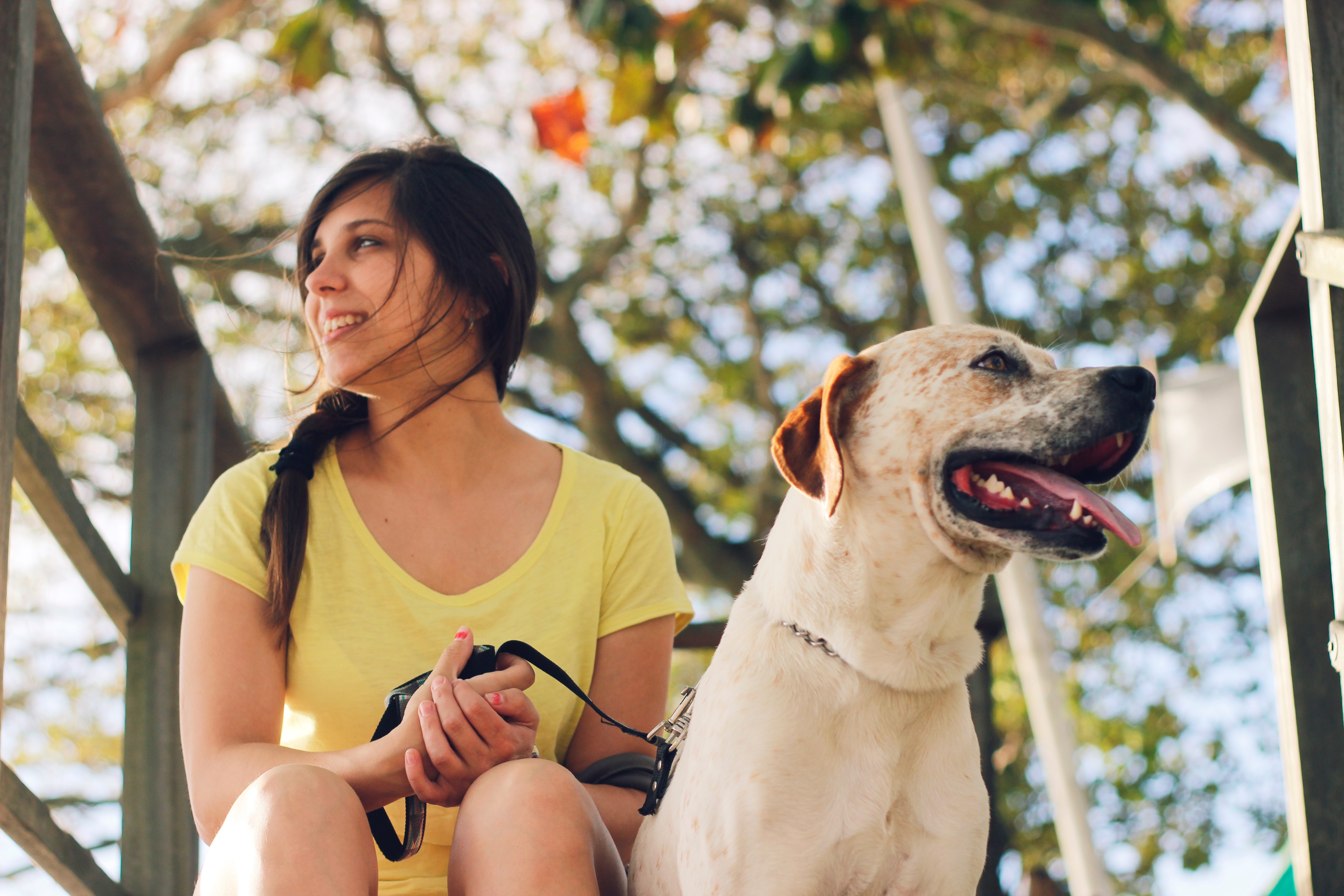Main Photo Credit: Photo by Alvan Nee on Unsplash
There’s no lack of apps in the world today, but the number of apps and the plethora of uses can quickly overwhelm your phone.
As a matter of fact, I rebelled against the app takeover in January, when I read this amazing article on Medium about “How to Get Your iPhone to Work for You Not Against You“. In addition to adding your dog as a background to make your phone a source of joy and not distraction, the author suggests grouping your apps so that you don’t have pages upon pages of apps that distract you and don’t help you use your phone as a tool (which at the end of the day, is what our phones should be). It’s a 75 minute read, but 3 hours later I had reconfigured my phone to make it more challenging to spend time on social media and easier for me to reach for articles to read, meditations to do, or music to listen to.
After I completed my phone transformation, I ended up with a “Dogs” category on my phone, and it got me thinking about pet tech apps, and even more specifically pet health apps.
Pet health apps can provide you with critical information, hold you accountable for health updates and preventative medicine, and even allow you to investigate symptoms for your pet. So today, I want to share with you a brief list of 5 Pet Health Apps I think pet parents should consider adding to their phone.
When compiling the list I first completed a quick assessment of the apps that I had on my phone, and then completed a more little research.
Woof Trax
I’ve written about Woof Trax a few times on our blog, and I still think this app is fantastic! You simply turn it on while walking your dog and select a rescue to benefit from the funds you raise as you walk your dog. The more you walk with your dog, the more money you raise for your selected rescue. This app does an amazing job of combining pet health with animal altruism and I love it!
DogTrekker
Another app that I have written about before, but I think DogTrekker is great! At first this app may not seem like a “Pet Health App” in the traditional sense, but this app provides you with inspiration on where you can take your pet, whether that be adventures, hikes, beaches, etc. All of which help you keep you dog active, which is one of the pillars of keeping them healthy. Additionally, their newsletter is focused on California and the West Coast, and includes amazing ideas where you can take your dog each season.
Pet First Aid App from the American Red Cross
This app was a new download for me, but I found it recommended in several other blog posts. Once I started investigating its uses, I quickly decided this app is a MUST HAVE for pet parents! It has everything from how to check your pets vitals, to how to find what’s normal for them, to what to do about frostbite, seizures, and even CPR.

Photo by Cassiano Pomsas on Unsplash
Pawprint
Pawprint helps you keep track of your pet’s medical records on your phone. Not only does this provide you with an opportunity to show proof of vaccination, but it also has the capability to help you schedule reminders for vaccination updates, and easily share information with your petsitter!
Why is having access to media record information so important?
Having access to your pet’s medical record is critical for emergency situations. You may think that you won’t have to end up at a veterinary hospital or emergency vet far from your home, but it’s possible, and access to information about your pet’s medical history is imperative. Specifically, their reactions to surgical medications are critical for veterinarians to be able to provide your pet with the best care in an emergency.
Merck Vet Manual
Merck is king when it comes to veterinary information. I have recommended in the past, and will continue to recommend, that pet parents own this book and refer to it whenever they’re curious to learn more about their pet’s health. This app isn’t as digestible because it’s heavy on the veterinary jargon, however, it does provide you with more clinical information in the event you want to learn more about a specific disease, read case studies, or simply use the glossary to better understand your take home instructions from the veterinary hospital.
Keep in mind there are a lot of great apps that go hand-in-hand with tools for your pet, such as CleverPet, Whistle, and PetCube, but for today’s list I wanted to focus on apps that can be used specifically to improve your pet’s health.







